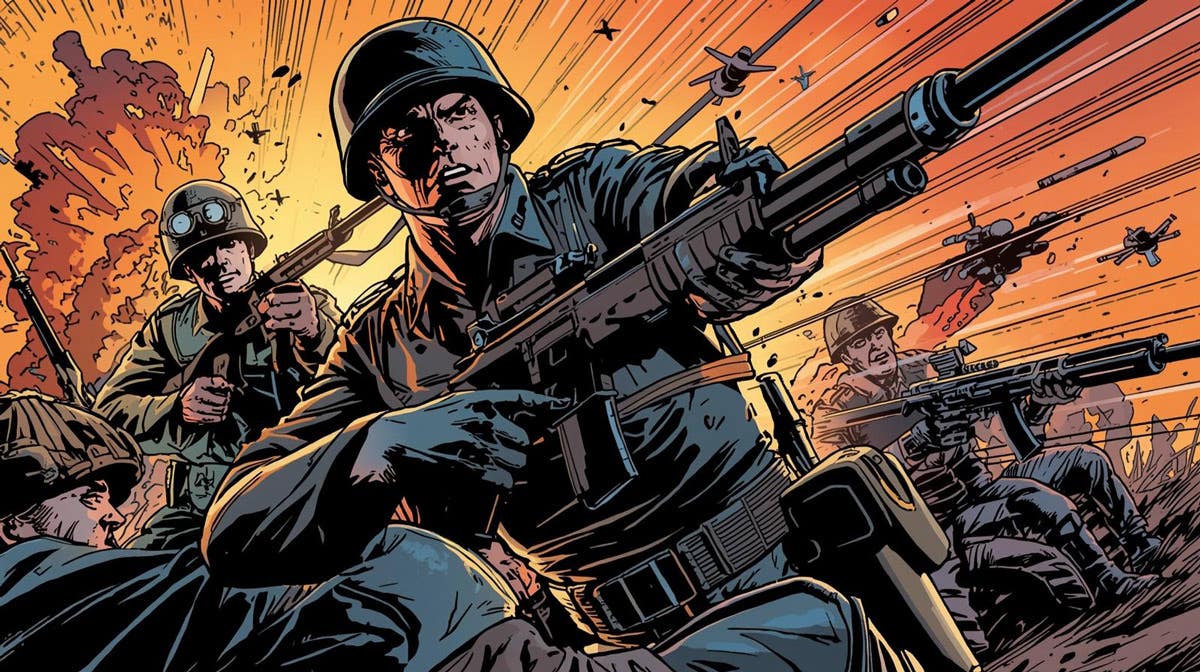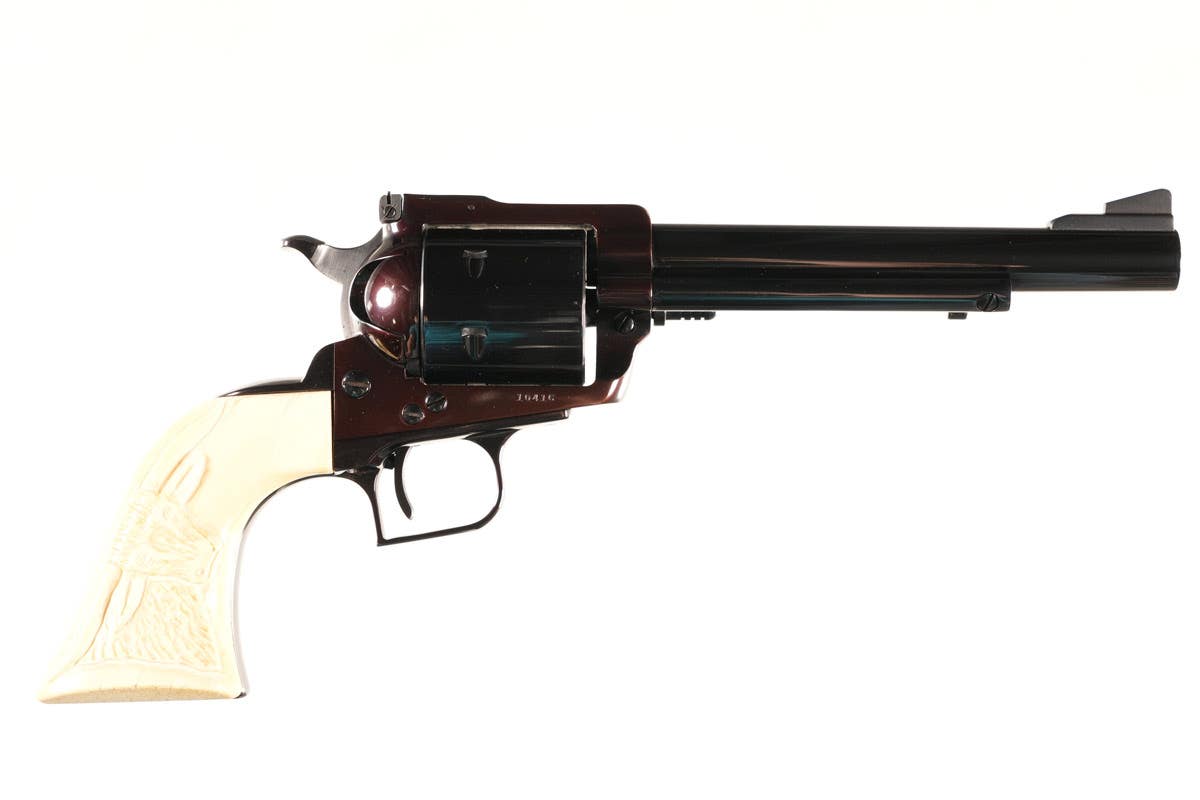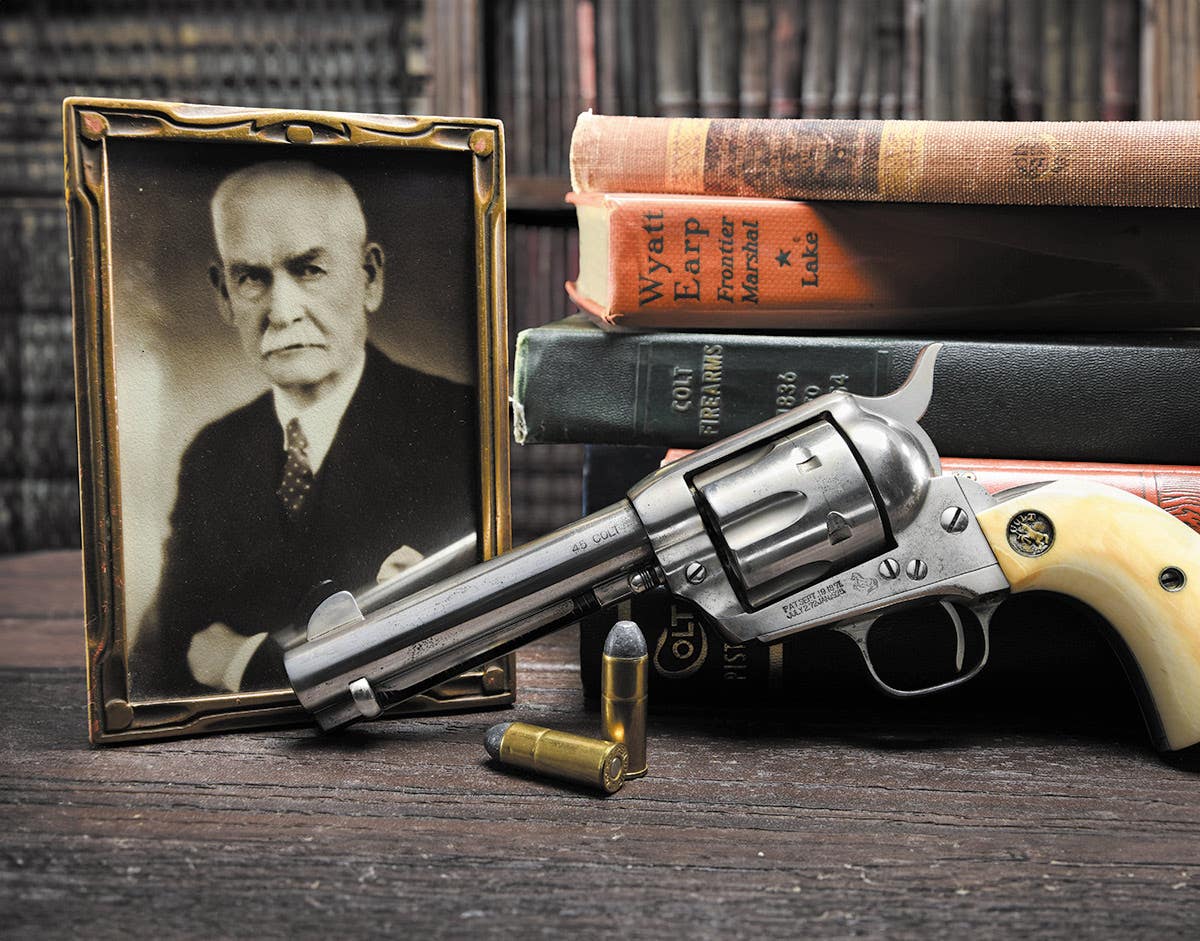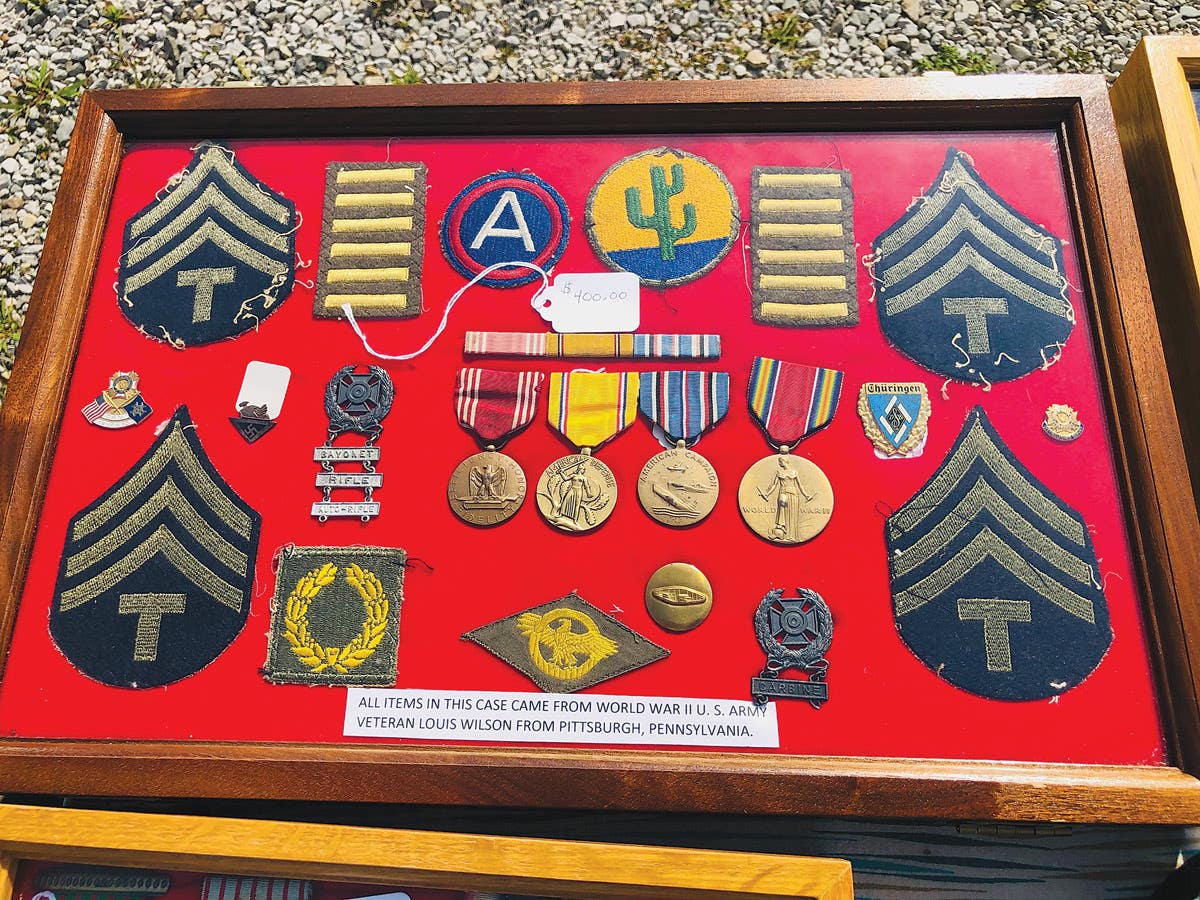Fakes and phonies
Greetings, Fake and phony militaria is nothing new. Ever since soldiers began bringing home trophies, someone has been busy converting the items into rare and more valuable specimens. A couple…
Greetings,
Fake and phony militaria is nothing new. Ever since soldiers began bringing home trophies, someone has been busy converting the items into rare and more valuable specimens.
A couple of years ago, Military Trader asked readers what they would do with a medal in their collection if they discovered it was a fake. Only 10% of respondents admitted that they would sell the item on eBay or at a show: “buyer beware.” 29% said they would simply destroy the medal and avoid confusing (or tempting) future collectors.
A surprising 61% of respondents said that they would “Permanently mark the medal indicating that it was a fake and keep it.” I say “surprisingly” because in 30+ years of collecting and visiting other collectors, I have never actually seen a medal that was marked that way. So, I put out a call for readers to submit examples of how they marked a known reproduction item so that future collectors would not be fooled.
Advance Guard Militaria (www.advanceguardmilitaria.com) recently shared some interesting examples with me. The first item, which owner Jeff Shrader admits fooled him to the tune of a few hundred dollars, is a gorgeous World War I Second Division shoulder patch. Upon close inspection, the painting is meticulous, the wool felt appears old and the entire package exhibits a bit of soiling typical of 90+ years of storage. However, when hit with a black light, the white stitching around the star glows like lip-gloss on a Mississippi River stripper. Beautiful, but 100% fake and quite obviously made to deceive.
The detail on this WWI 2nd Division
patch is meticulous—and FAKE!
Marked “REPRODUCTION” with indelible
ink, no one will ever pay “original price”
for this fake again. By not destroying
the fake, Shrader has a baseline piece
to use when examining other
questionable painted patches.
Jeff noted that the simplest answer is to simply burn the patch. But then documentation of the forger’s style would be lost, giving him/her a clear path to perfect their production. Instead, Jeff has clearly marked the back with indelible ink and has taken meticulous, close-up photos that will eventually be available to his customers through his Web site.
The next item he shared was a Third Reich Iron Cross, First Class. The dimensions were correct. It was a multiple-piece frame and cross. However, the core was not magnetic—a sure sign that it is a fake. Again, an indelible marker noted the forgery on the back, and Jeff took photos to serve as a comparative record.
Outwardly, this WWII Iron Cross looks
perfect. The simple lack of pull on a
magnet, though, revealed that it is
a fake.
The reverse is marked with permanent
marker changing the fake into a
study piece.
In any large volume business, there are obviously a lot of items that pass through that simply just aren’t worth the time to document. Jeff devised a use for such pieces: He created a cement “Walk of Shame” in which he pressed the cheap forgeries to be entombed in a concrete mosaic for the ages.
Advance Guard Militaria has a “Walk of Shame” into
which staff members press known fake pieces of
militaria into wet cement.
WHAT ABOUT YOU?
Have you permanently marked your fakes? I would really like to show examples in Military Trader. Send a high-resolution photo of your medals showing your marking methods to john.adams-graf@fwpubs.com. Proper credit will be noted (if so desired!)
Keep ‘em rolling and keep finding the good stuff!
John Adams-Graf
Editor, Military Trader & Military Vehicles
John Adams-Graf ("JAG" to most) is the editor of Military Trader and Military Vehicles Magazine. He has been a military collector for his entire life. The son of a WWII veteran, his writings carry many lessons from the Greatest Generation. JAG has authored several books, including multiple editions of Warman's WWII Collectibles, Civil War Collectibles, and the Standard Catalog of Civil War Firearms. He is a passionate shooter, wood-splitter, kayaker, and WWI AEF Tank Corps collector.








